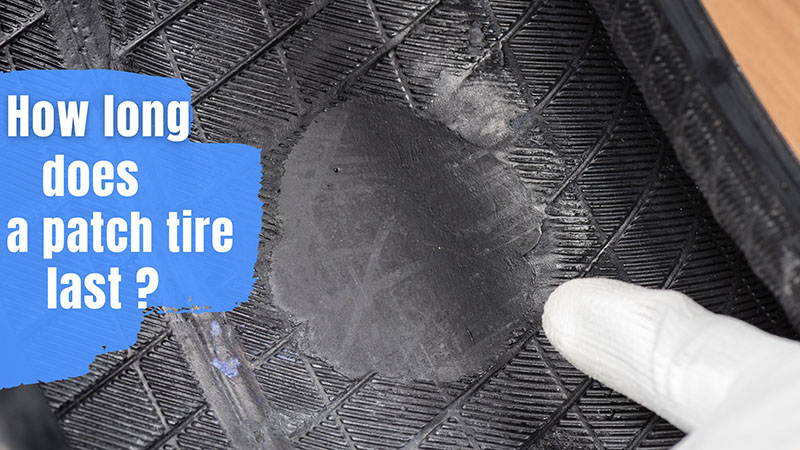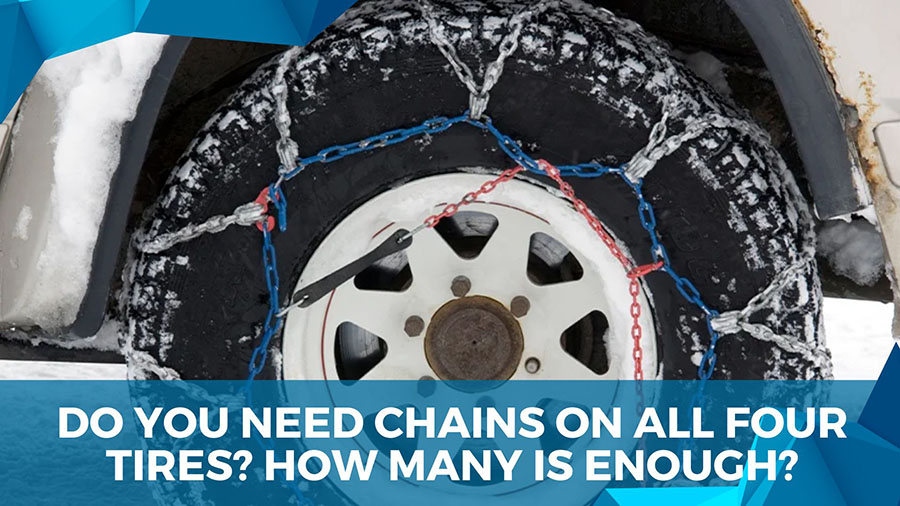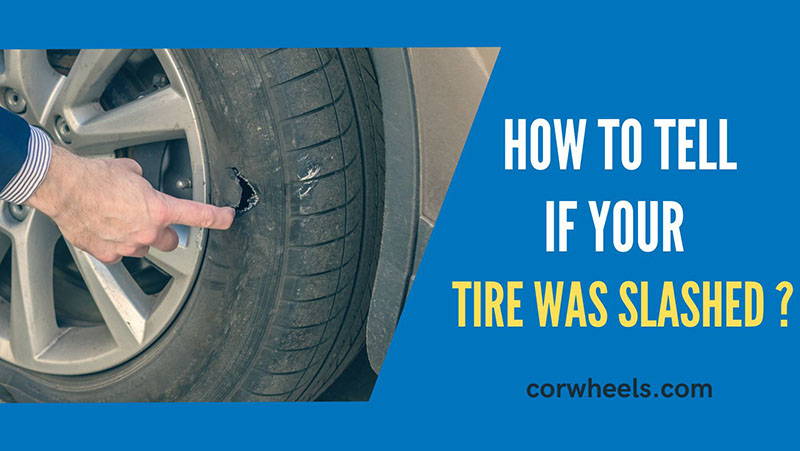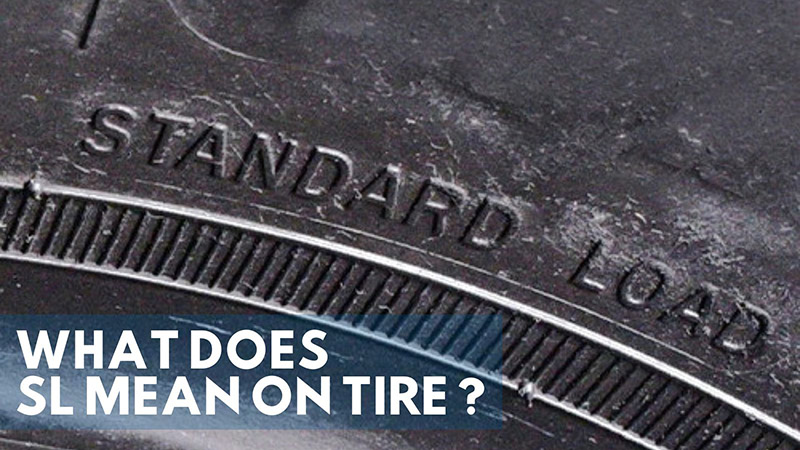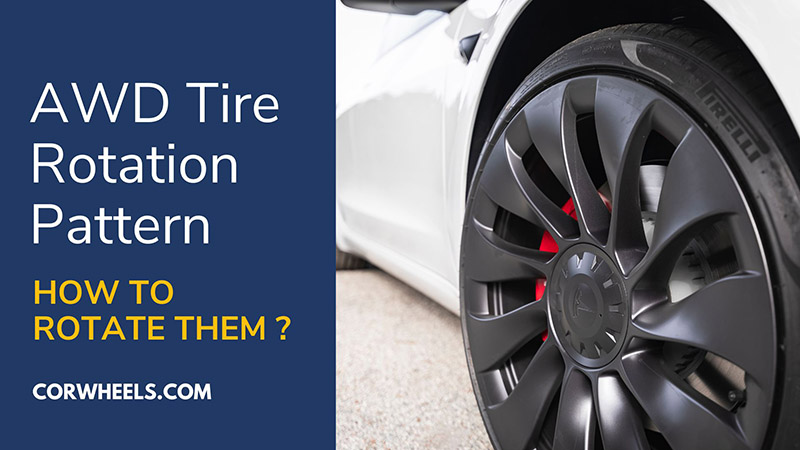Among numerous types of common repairs for car tires, patches are the most recommended (and also the most expensive – since they require professional skills from automotive experts).
However, do they truly live up to their reputation? How long is a patched tire good for long distances, and should you remember any safety tips when using them?
Our article gladly sheds light on the issue. Let’s get started!
In this article:
How Long Does A Tire Patch Last?
Provided that the tires are repaired and patched according to regular procedures, they can survive seven to ten years. Still, your future usage and maintenance might affect that estimation: poorly-kept tires often engaged in aggressive driving only last 2 to 3 years.
To guarantee long-term operation for the patched tires, you must abide by strict rules:
- Avoid crashes in dangerous areas.
- Never drive too fast.
- Sidestep huge, sharp objects on the road.
Ignore these warnings, and the car might cause severe speed issues that endanger your vehicle for the rest of its lifespan. Even explosions are a possibility!
Your best bet is to go to reputable maintenance centers to have on-time, suitable upgrade and repair plans.
How Long and How Fast Can You Drive Your Car on Patched Tires?
A durable, well-patched tire allows your car to travel 21,000 to 30,000 miles. These tire surfaces can hold proper air pressure during the rest of their lifespans.
Still, note that the number heavily depends on how many times you patch the tire. Tire manufacturers recommend never patching one single tire more than thrice or overlapping them with other repairs (we will return to the issue of when to patch your tires later).
How about maximum speed? Despite their (surprisingly) great durability, patched tires cannot retain the same speed rating as brand-new, good wheels. You should treat them as non-speed tires at below 85 MPH. Otherwise, troubles are sure to come your way!
When Should A Tire Get Patched?
Before turning to tire patches, observe the leaky tire to see whether it is suitable for such repair methods.
Tire Punctures or Cuts?
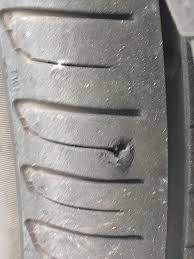
If that’s a deep cut, original tire replacements are needed instead of patches (unless it doesn’t exceed 1/4 inch). Why is that? Steel cords inside the tires lend them operation power, and deep cuts have already destroyed them. While patching can prevent air leaks, it can never restore that lost energy.
On the other hand, you can consider yourself lucky if it’s a puncture instead. After all, patches are meant to fix round holes. Still, this sentiment only applies to sweet spots below 1/4 inch. Anything beyond that is not considered a “puncture” anymore!
Damage Locations
Sizes are not the only thing that matters in puncture repairs. Drivers must also ensure the damages are within safe locations on the tire’s tread, between outer grooves (and if your tires have no circumferential grooves, the spot should be below two sidewall inches).
Specifically, tire replacements at tire shops are better than patches if the punctures are directly on the tire’s sidewalls. These walls often flex during drives – and just one strong flex can loosen the patches. The same goes for tire shoulders, which can flex even more than tire rubber sidewalls.
And if your tires are not on the sidewalls (and meet all the criteria above), congratulations! Trips to mechanics at low prices are within reach. Still, for those choosing DIY options, remember to demount the tire first to observe its interior better. Also, never stray away from the tire repair kit instructions!
How Many Times Can A Tire Get Patched? Is Driving On Them 100% Safe?
As already mentioned, not more than two times – unless you want to shorten their lifespans and cause serious blowouts. Also, avoid overlapping new patches with existing ones, as they will severely affect your speed ratings and steel belts!
By remembering these tips and restricting your speed limit to below 85 MPH, you can ensure patch tires are always a safe option for every car model.
Other Alternative Tire Repairs
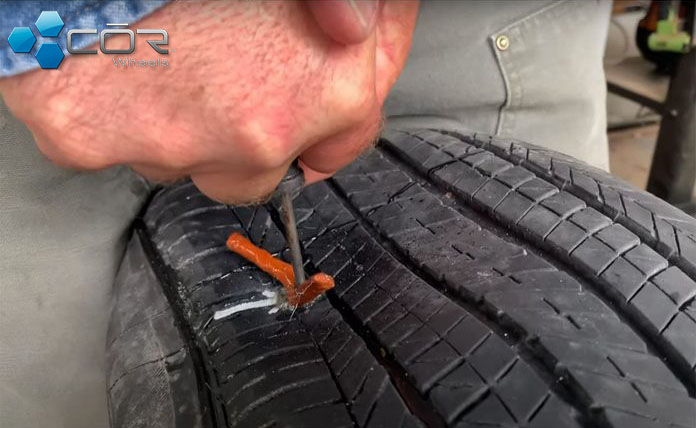
Want more repair options? Check out the following:
- Tire Plugs: Using plugged tires is by no means a permanent solution, only lasting the car for about 200 miles. Still, they give you enough time to purchase replacement tires. And if you mean to use them for short races and competitions, fast speeds up to 135 MPH are still an option!
- Patch-Plug Repair: As its name suggests, it combines proper plugs and patches in one go. No wonder their lifespan is impressive – about eight to ten years for up to 30,000 miles. Feel free to raise your speed rate to 112 MPH!
- Run-Flat Tires: Some people prefer run-flat tires instead of tire repair services with plugs and patches. However, since they are only spare options for flat-tire emergencies, their performances lag far behind standard ones.
Expect to drive below 50 miles. Traveling faster than 50 MPH is also out of the question.
See more: How Long Does A Tire Plug Last?
FAQs
1. Is It Possible to Patch A Tire With The Nails Still There?
Yes.
Tire patching in these cases is still possible if the nails/screws pierced the center directly. Anything angled or bent will require repair shops to remove them from the tire first.
For more: Can You Drive With A Nail In Your Tire?
2. How Much Time Do You Need to Patch Tires?
It takes 20 to 30 minutes per tire at auto shops (the time required for inspection and tire removals counted).
Conclusion
This article has detailed tips for a safe patched tire and when such methods are suitable. Tire experts also offer other proper repair alternatives; consider their benefits, budgets, and technical skills to decide which tire service works best.

